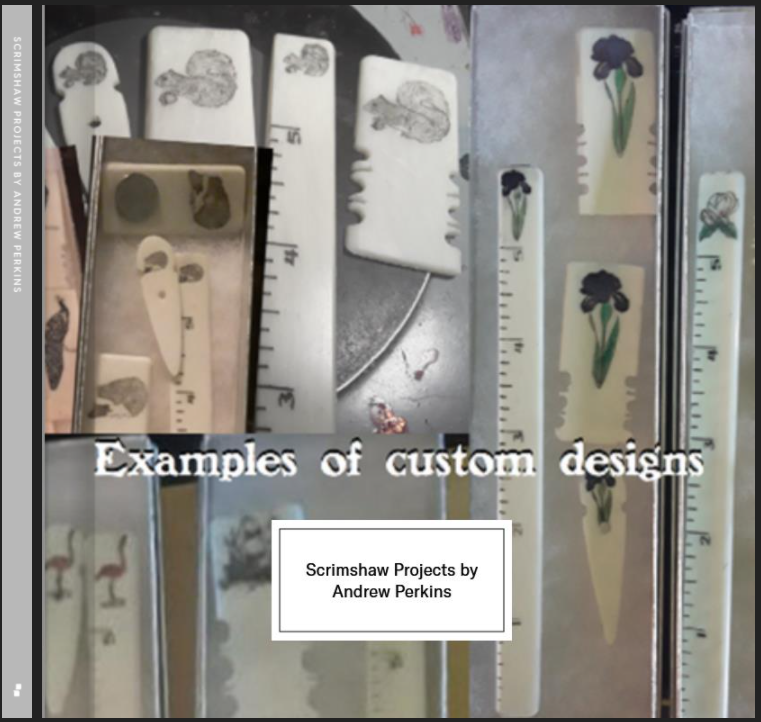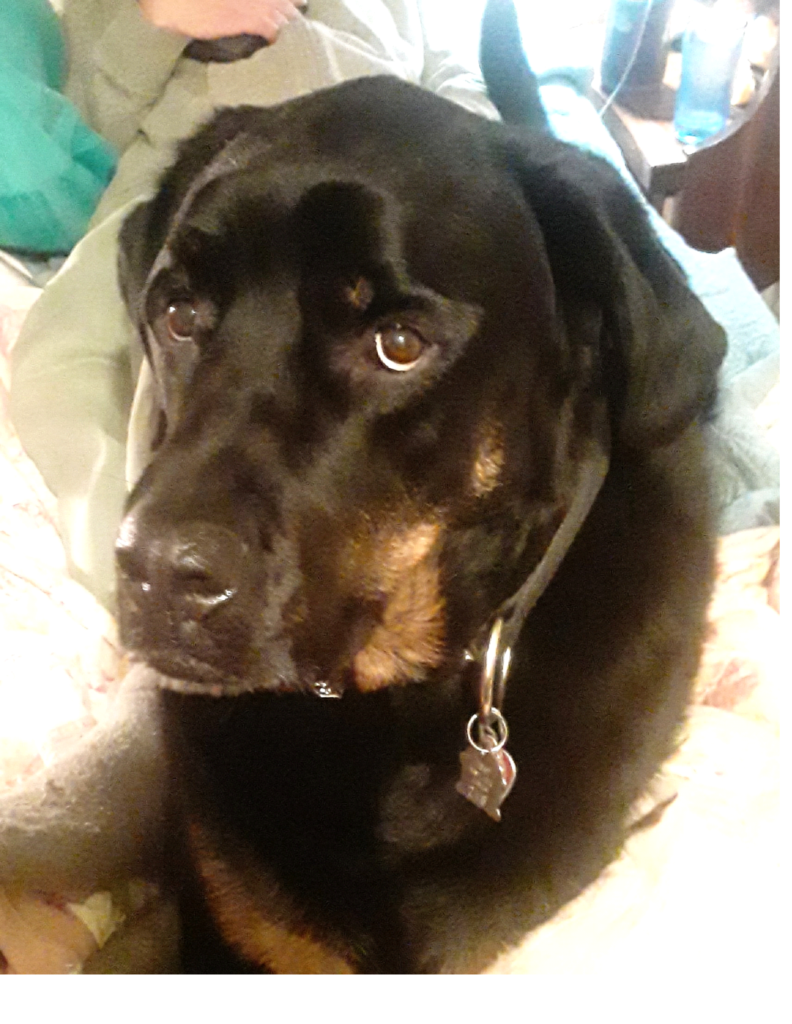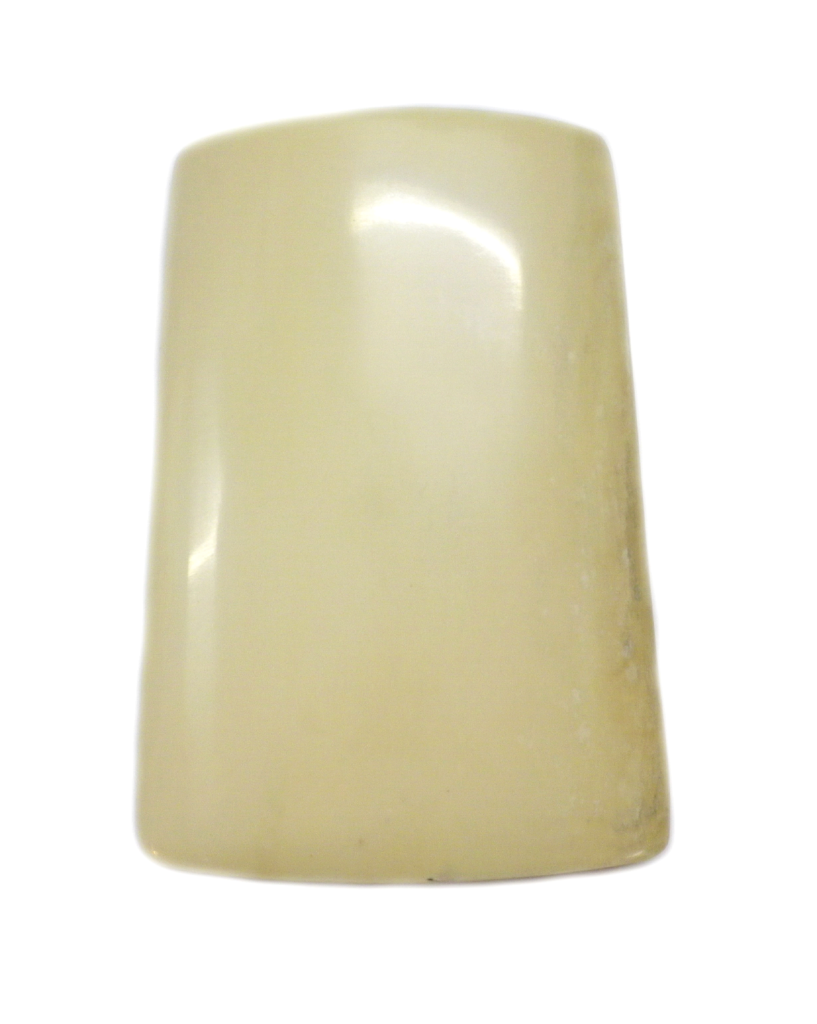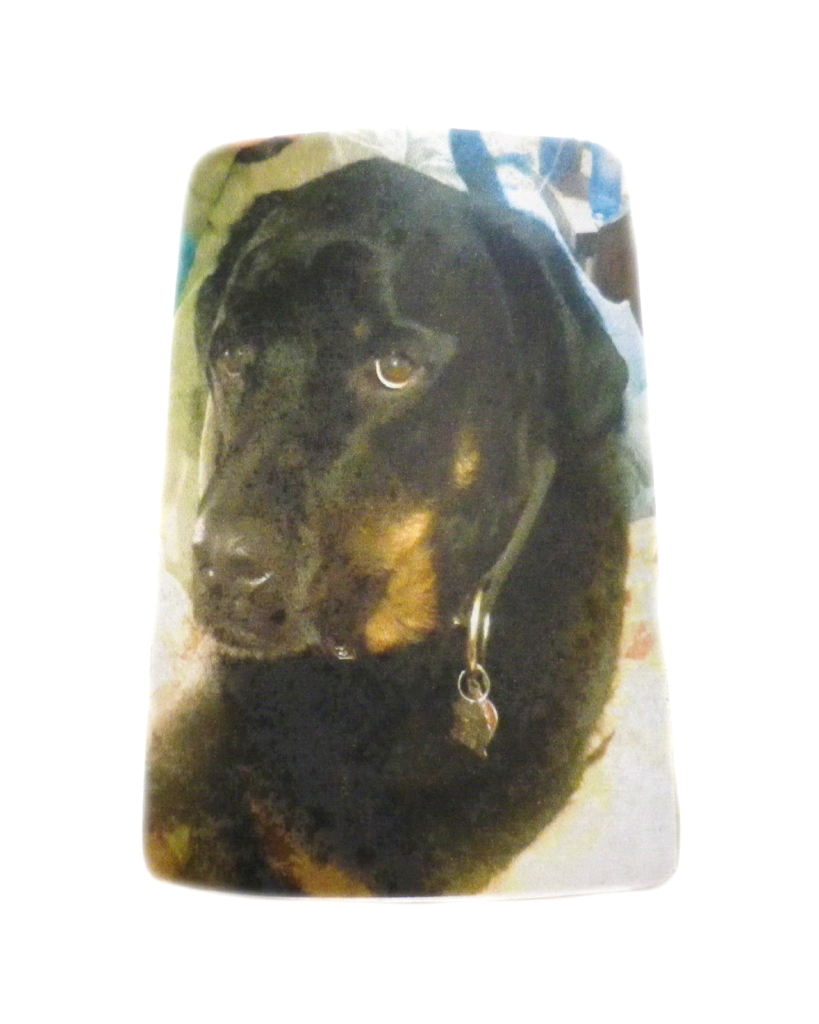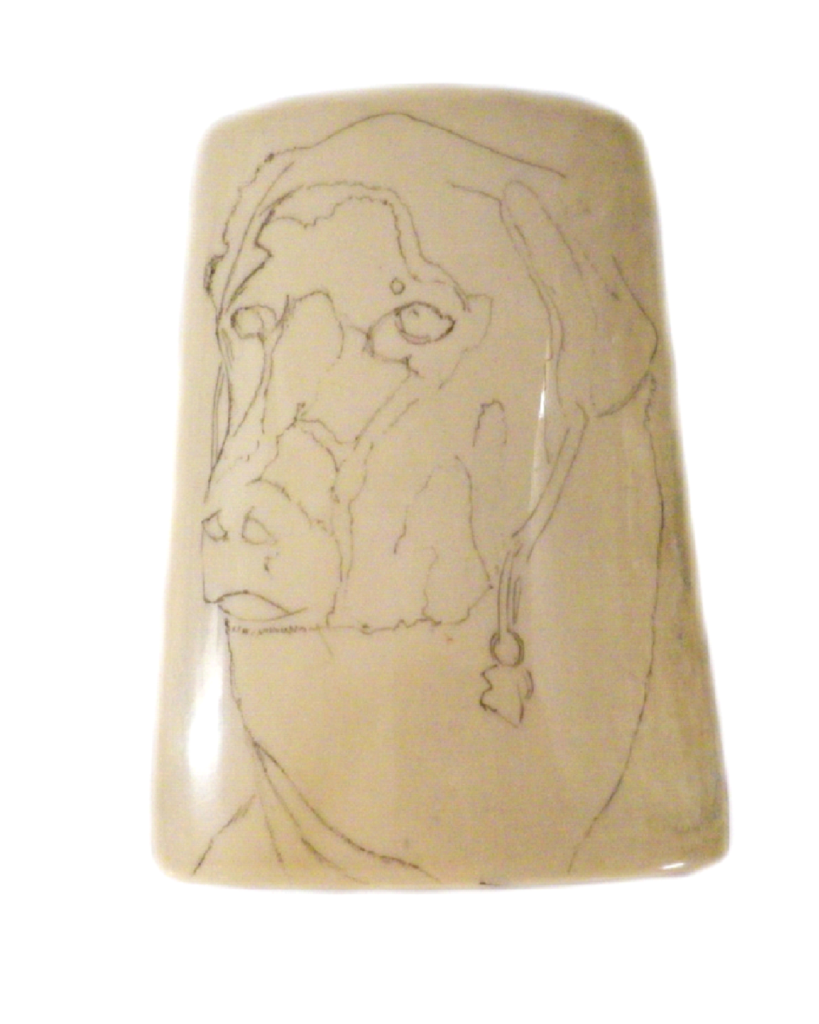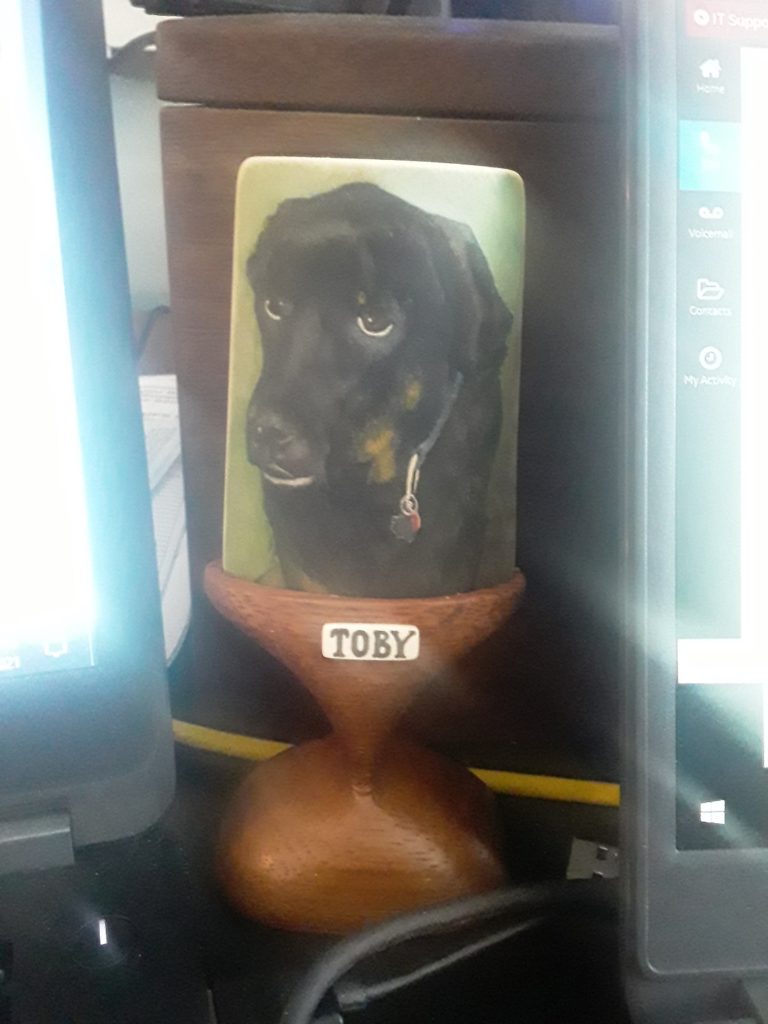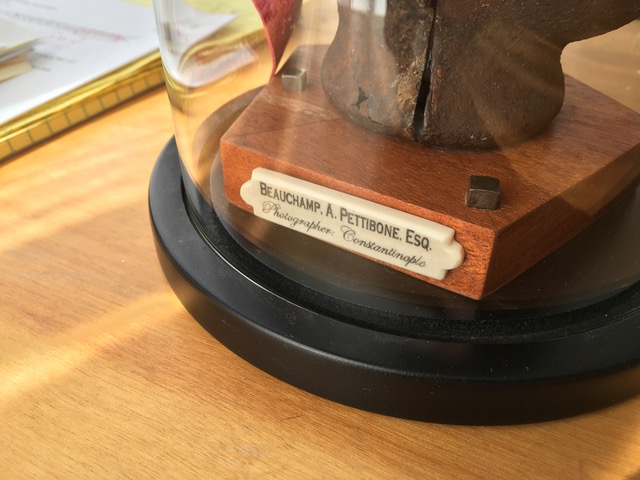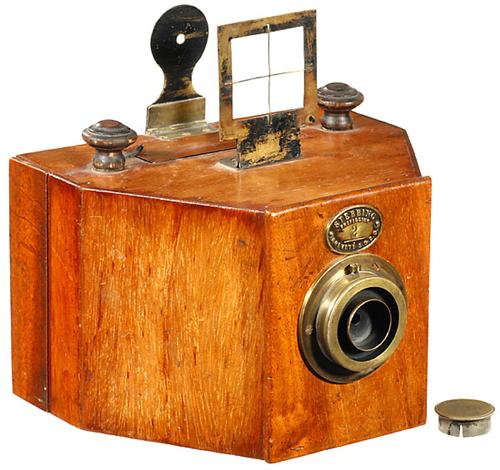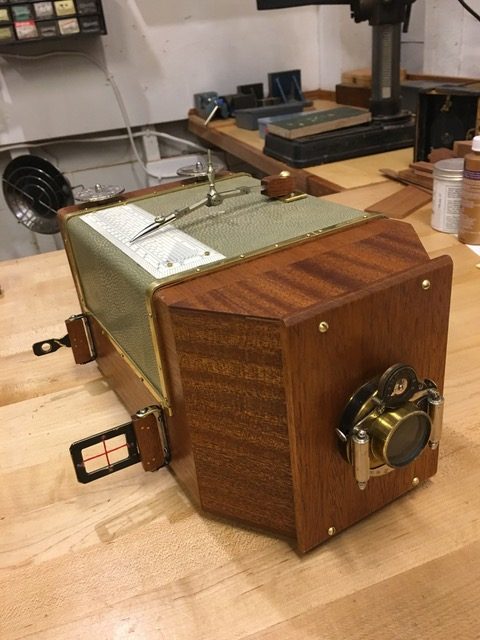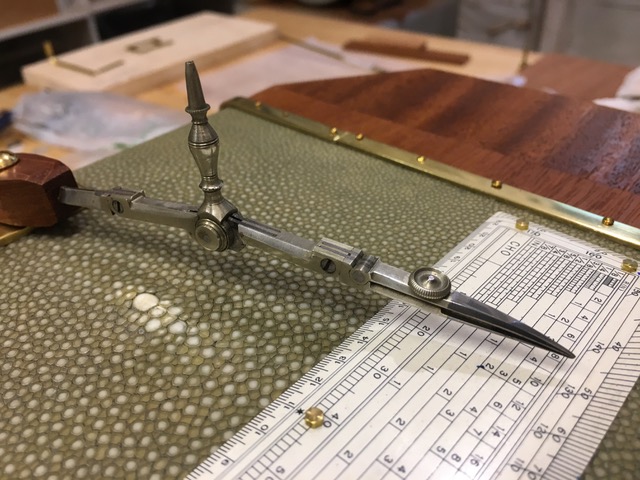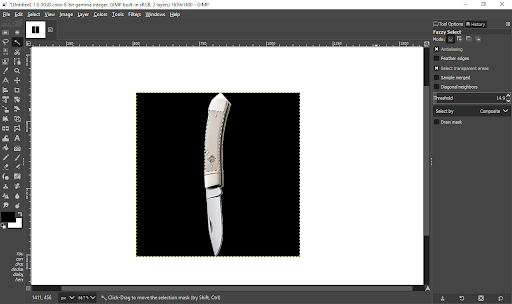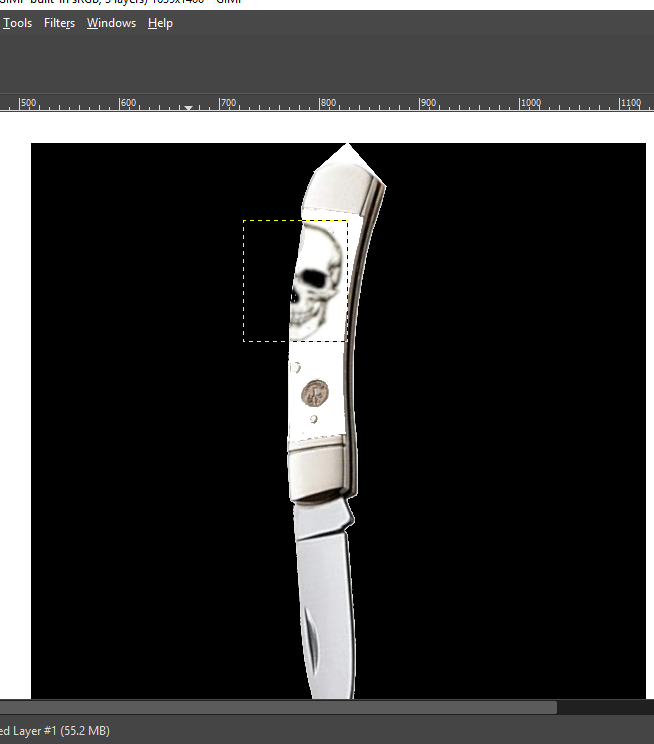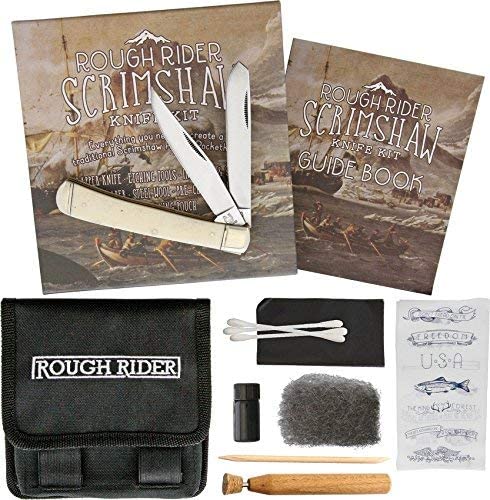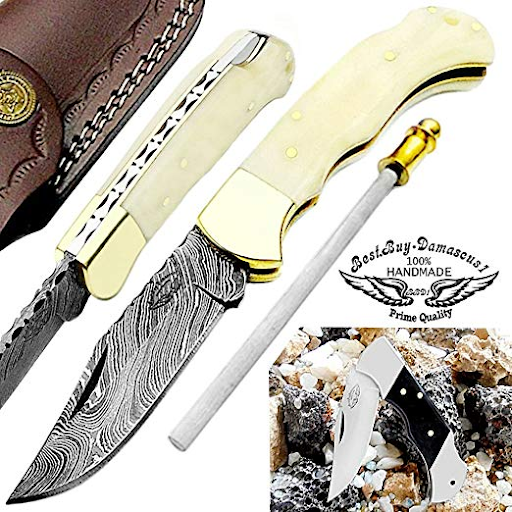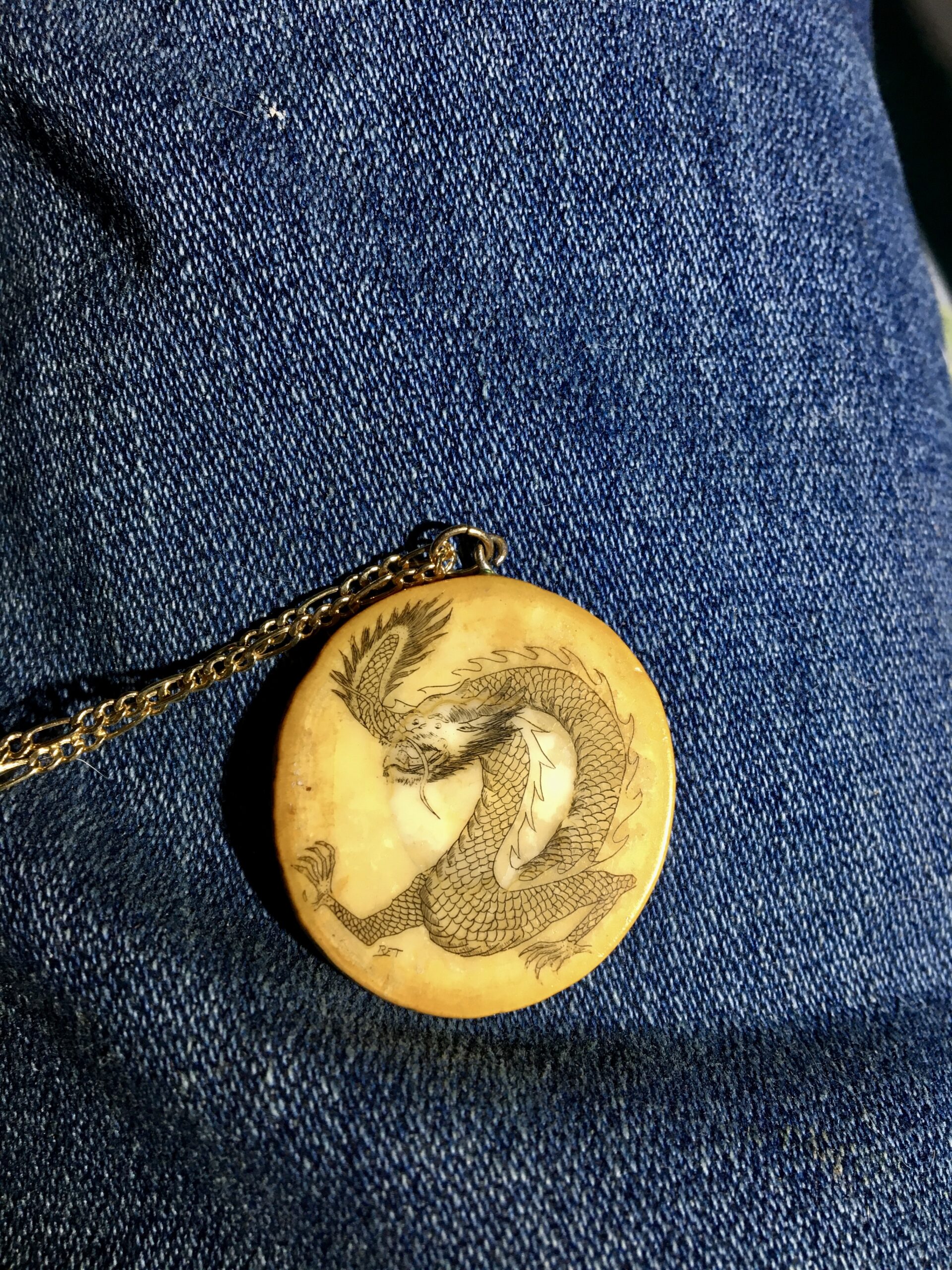
Ivan writes: “I purchased this during a snowstorm in Provincetown about 45 years ago. The seller was desperate to get to his shop in the Bahamas and I bargained for it because I had never seen a slice of whale tooth scrimshaw with a Chinese dragon done in such exquisite detail. I’ve searched for years but have not been able to identify the artist. The initials are either RET or BET. Please post in your mystery artist section; I’m not willing to give up yet.”
Some better pictures may show the grain more clearly (I’m emailing for more pics), though I believe I see some of the “tapioca” pattern of walrus tusk in the center. Hoping to get pictures of the back and of the edge as well for better identification of the material.
The initials “BET” are currently in the unresolved initials on the site https://www.scrimshawstudio.com/scrimshaw-artsist-marks-and-signatures/ – a great resource for looking up scrimshaw artists marks. The picture of the signature is at about #186. I’ll be updating this post as more information arrives.
